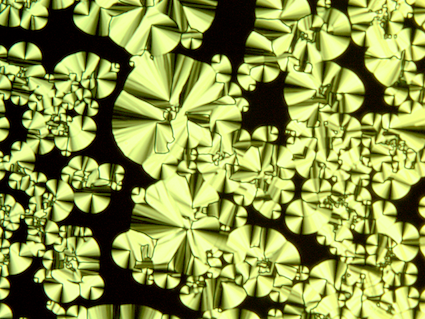Chemistry for Computational Logic Operations
Generally speaking, computers are made of the most basic features that included semi-conductor chips consisting of processors and memory. However, the basis of computation is logic operations and for the very first time researchers were able to perform logic operations through a chemical device that utilizes electric fields and ultraviolet light—potentially opening the door for low-power, high-performance computer chips.
Learn more about computational sciences:
The chemical device created by the researchers varies greatly from current semiconductor chips in essence because of its chemical approach. The chemistry is what drives its potential use for future computational capabilities. "One thing I love about creating a device using chemistry is that it's less about 'building' something; instead it's more akin to 'growing' something," explains Lecturer Yoshimitsu Itoh from the Department of Chemistry and Biotechnology at the University of Tokyo. "With delicate precision, we coax our compounds into forming different shapes with different functions. Think of it as programming with chemistry."
To initiate their logic operations, the researchers began by using a sample of two columnar liquid crystals (CLC) sandwiched between two glass plates covered in electrodes. Light was then polarized which means it vibrated on a single plane before passing through a sample detector on the other side. Then, the "output" states of light and dark and the "input" states of the electric field and UV light are all assigned binary digits for identification purposes. The “output” and “input” states perform what is known as logical AND function; inputs to the function must be "1" and all output must also be "1."
"The AND function is one of several fundamental logic functions, but the most important one for computation is the NOT-AND or NAND function. This is one of several areas for further research," explains doctoral student Keiichi Yano, also from the same department at the University of Tokyo.
The sample of CLCs changes its state in a second but can last for hours.
Image: ©2019 Aida Group via University of Tokyo
"We also wish to increase the speed and density of the CLCs to make them more practical for use. I'm fascinated by how self-assembling molecules like those we use to make the CLCs give rise to phenomena such as logical functions."
Results of the study were further described in Science.
Source: University of Tokyo









